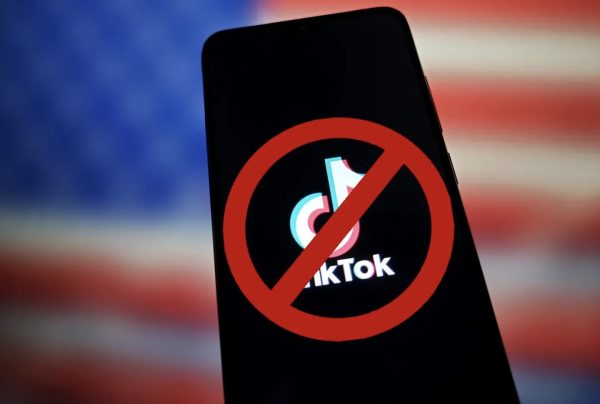A Technological World: How the Arts Play a Role
Our society has completely surpassed archaic days of the past with the invention of railroads, the internet and cellphones. The global economy has shifted to a new sector of advancement and trade where jobs go to those who can program, work a laptop, and those who can master the finer points of science. But with all this technological progress could there be a troubling attendant reality? Are we in danger of silencing the artists? I think every artist I know has had the classic relative-holiday talk that goes along these lines. An older relative — with too much perfume on — gives you that needling question about your future and you’re forced to reluctantly give your answer: “I want to be an artist.” And then — wait for it! — here comes the rejoinder: “How do you expect to make any money doing that?” And that response right there is the problem. Generation after generation are passing down this mindset, ingraining it in student minds that anything creative will lead them to failure and struggling on the street in five years. With the moving pace and advancements we are experiencing every day, the younger swarm of workers is concentrating on jobs in the technology sector. Corporations are looking for technology. The arts can be done digitally, sure. But why need an artist when a program can do that for you? Because we overlook the real truth: a human hand creating something beautiful is much different than a robot making strokes. Not only this, but artists can draw on the internet, graphic design firms are multiplying, and more and more photographers are gaining popularity in 2019. This is the fight artists make to avoid their silence, and this is what we should be passing from generation to generation. The youth knowing that there is more to their futures than a computer screen is just the beginning. They are the future business owners, the ones who will outsource more artists. They refuse to be silenced. Join their fight.
Our society has completely surpassed archaic days of the past with the invention of railroads, the internet and cellphones. The global economy has shifted to a new sector of advancement and trade where jobs go to those who can program, work a laptop, and those who can master the finer points of science. But with all this technological progress could there be a troubling attendant reality? Are we in danger of silencing the artists?
I think every artist I know has had the classic relative-holiday talk that goes along these lines. An older relative — with too much perfume on — gives you that needling question about your future and you’re forced to reluctantly give your answer: “I want to be an artist.”
And then — wait for it! — here comes the rejoinder: “How do you expect to make any money doing that?”
And that response right there is the problem. Generation after generation are passing down this mindset, ingraining it in student minds that anything creative will lead them to failure and struggling on the street in five years. With the moving pace and advancements we are experiencing every day, the younger swarm of workers is concentrating on jobs in the technology sector. Corporations are looking for technology. The arts can be done digitally, sure. But why need an artist when a program can do that for you?
Because we overlook the real truth: a human hand creating something beautiful is much different than a robot making strokes. Not only this, but artists can draw on the internet, graphic design firms are multiplying, and more and more photographers are gaining popularity in 2019.
This is the fight artists make to avoid their silence, and this is what we should be passing from generation to generation. The youth knowing that there is more to their futures than a computer screen is just the beginning. They are the future business owners, the ones who will outsource more artists. They refuse to be silenced. Join their fight.







